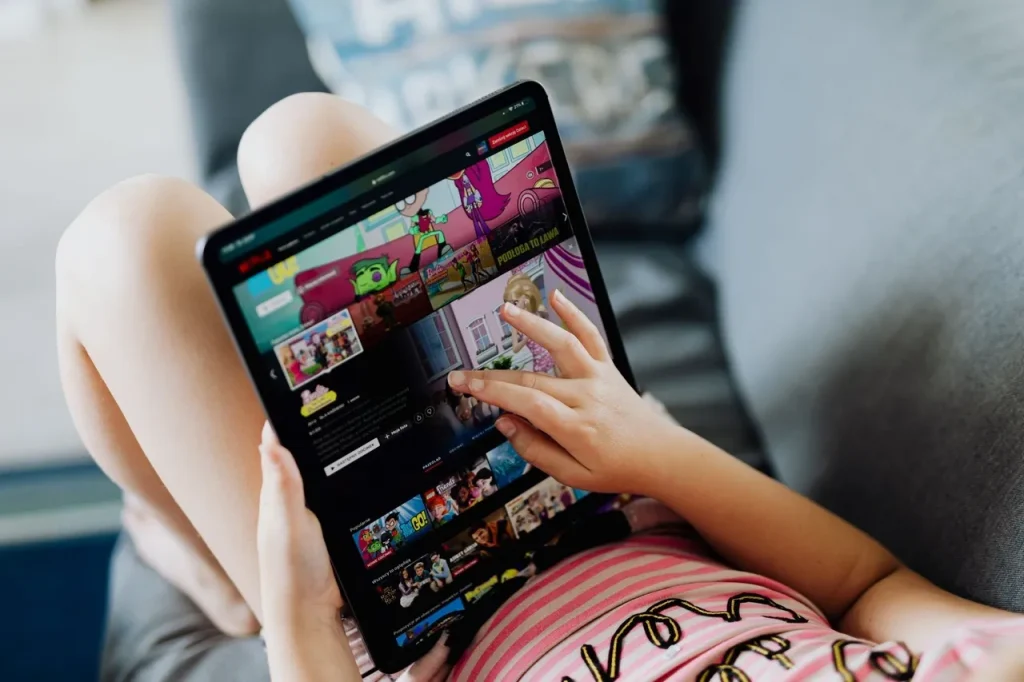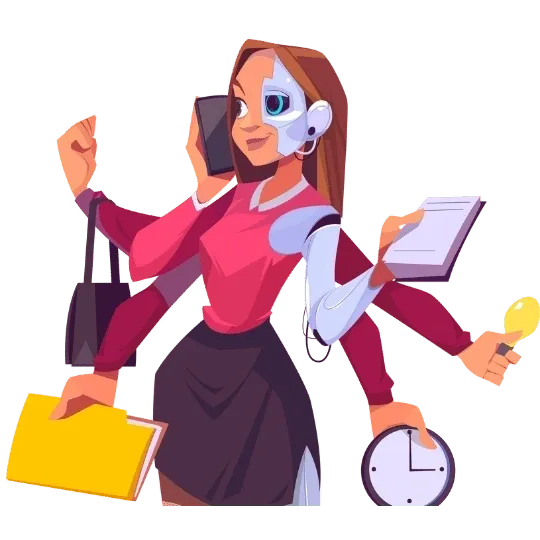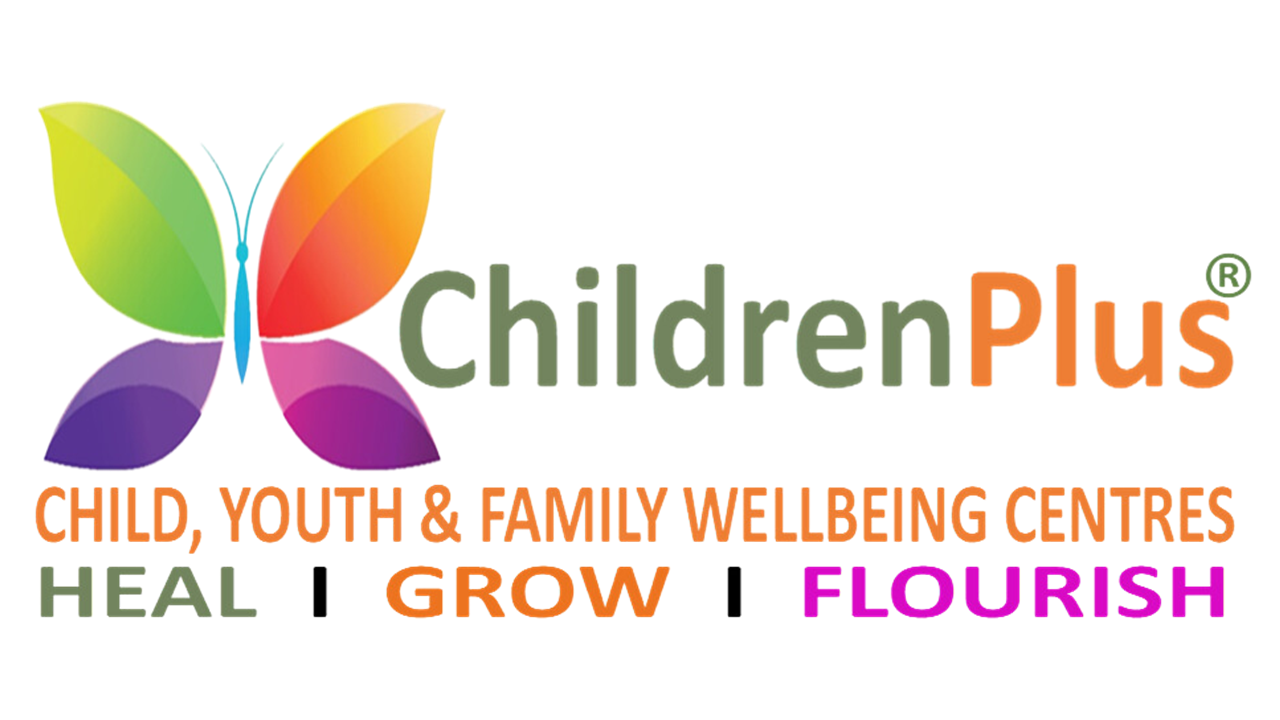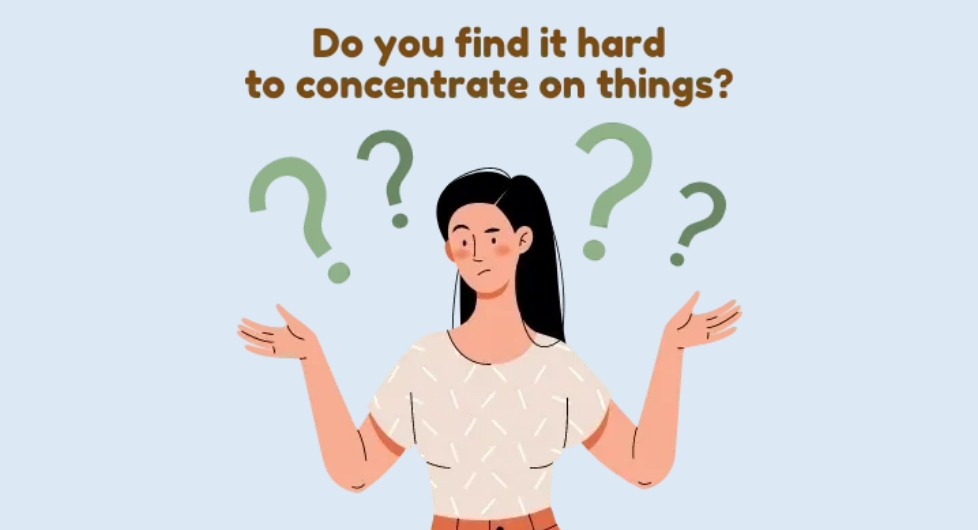
The Impact of Screen Time on Concentration
Ok, let’s take a quick poll. When was the last time you picked up your phone (aside from the phone that you’re using to read this article)? Be honest.
The increasing amount of time our children and young people are spending in front of their screens is a subject of much parental despair and hand-wringing. So much so that the US surgeon general has issued a statement about the negative effects of the amount of screen time on people. It states that over 3 hours of screen time, a day has negative mental health effects. But even if we leave out the total time we spent on our screens, another factor to consider is how that time is spent and its impact on our ability to concentrate.
Digital overuse or addiction is a real concern particularly in Children and Adolescents due to its potential impacts on the developing brain. Globally, people average 6 hours and 58 minutes of screen time per day. The average American spends 7 hours and 4 minutes looking at a screen each day. The average person in India spends 7 hours and 18 minutes per day online. There is evidence that screen time is even higher in teenagers.
Just think about what this means. If we assume that the average person is awake from 7 AM to 11 PM (16 hours a day), we spend half our waking time glued to a screen. It’s not just the time that we spend in front of the screen, the kind of information that we now receive has changed over time. Here are some trends…

The rise and rise of short-form Video
Are our children and young people spending time in one go reading long articles, electronic books, or doing their homework? It may appear to us that they are perpetually on their phone, but it is much more likely to be several short bursts of a few seconds or a few minutes rather than one long spell. Even if people are sitting continuously in front of their screens, the content that they are now consuming has become shorter and shorter. Gone are the days of spending hours reading our favourite book or newspaper. YouTube shorts, Instagram reels, and TikTok are the order of the day. Our main mode of consumption has become short video content. What impact does this have on our children’s ability to concentrate? Is this at least partly contributing to the significant rise in disorders of concentration such as ADHD?
“Flow” and the different types of Attention
To understand the answer to this question, we have to look at how we focus our attention and the concept of “flow”.
Researchers have described 4 main types of attention which can be summarised by the acronym DASS.
Divided – Focusing on two or more tasks simultaneously or “Multi-tasking” (More on this later).
Alternating – The ability to go back and forth between different tasks (Performing a workout while watching an instructional Youtube workout)
Selective – Focus on one activity over several competing activities (talking to a friend at a party with loud music in the background)
Sustained – Focusing on one specific task or activity for a long period of time (Doing your homework, reading a book or playing a videogame)
Sustained attention is what helps us get our work done and allows us to continuously maintain our attention on one task for a prolonged period of time without getting distracted. Sustained attention also leads us to the concept of “flow” in psychology. Flow is the state in which we are performing one activity with complete focus, a sense of involvement and enjoyment as well as accomplishment at the end. This is also referred to as being “in the zone” or “being in the flow”. Most of us remember that time when we “lost track of time” whilst reading a particularly interesting book or felt that sense of accomplishment on completing a long project or assignment.

Multitasking or Alternating attention?
Now on to divided attention. This is also popularly known as “multitasking”. Multitasking appears to be the new mantra. Everyone talks about how they multitask. Is multitasking actually doing two tasks (or even multiple tasks) at once? There is emerging evidence that our brain struggles to process more than one cognitively demanding task at a time. So what we may think about as multitasking may actually be alternating attention. We pay a short burst of attention to one task (such as doing our homework), then switch to another task (reading our email messages) and then back to the first task and so on. This is why it is considered very dangerous to text and drive because it’s not possible for our brain to maintain focus on two demanding tasks simultaneously.
So, it turns out that true multitasking may be a myth because it’s simply not possible for our brain to focus intensely on two tasks simultaneously. The next time someone boasts about their ability to multitask, put your sustained attention elsewhere.
Does screen time affect the kinds of attention that our children are able to use?
First of all, let’s admit that the things that we watch on our screens are extremely engaging. We can’t seem to tear ourselves away from Instagram reels or Youtube shorts. This is because these media are very carefully designed to attract and hold our attention. Right from the colour schemes used in videos, the user interface, the length of the videos and what is presented afterwards (suggestions). The ability to autoplay and suggest endless new content keeps our children hooked!
There are a few trends that are increasingly apparent in the kinds of things we consume online.
- First, Video is King. Children are reading less and watching more. Most social media and other platforms are moving from pictures or text to videos.
- The second trend is toward shorter video length and duration. Gone are the long format videos and in with the shorter video format. So while our children appear to be focusing for long periods of time on screens, they are using selective or alternating attention and not sustained attention. This is because the object of the focus shifts constantly and changes. So while subsequent videos may be related, there are also substantially different in many ways. This is very different from reading a book or doing your homework which requires sustained attention to one topic with an in-depth knowledge of the topic in question. It is this ability that seems to be reducing fast in all generations but particularly in our children and teenagers. How many of us here or even say “I think I have ADHD” due to our inability to concentrate. When was the last time we sat and read a book? How many of us subscribe to or read the daily newspaper?
- Finally, our phones and screens are carefully designed to grab and hold our attention. Push notifications are a way of achieving this (as is infinite scroll on social media sites). Our children are constantly being bombarded with Information and distractions from everywhere, whether it is a text message, discord chat, Snapchat notification among others. This results in our attention being diverted (or alternated) to another task and requires a period of “reset” to bring our attention back to the task that we were doing. Our children may sit in front of screens for hours trying to do their homework but achieve very little. This leads to frustration for both parents and young people.
This dwindling concentration, increasing interruptions, and distractions lead to a rising sense of inefficiency and failure. We and our children may end up blaming ourselves for this. Why can’t I just concentrate? Why can’t I sit and complete things like I used to? What is wrong with me?
From the above evidence, it seems increasingly clear that this change is occurring throughout society as a whole, and is linked to external factors and blaming our children does not solve the problem. Read on to the second part of our blog, Twelve Tips to improve concentration in the Age of Technology.
Childrenplus, with its team of dedicated psychologists and counsellors, specializes in providing comprehensive psychological health services for children and young people. Contact us to know more. We’re here to help. You can also call us on +91-844 744 9331
This blog is entirely written by a human (Dr. Amritash Rai), no AI was used in its generation :-). If you enjoyed reading it, please share and tell your friends.

